MiniOne PCR Electrophoresis
This MiniOne PCR Electrophoresis Biotech Essentials kit has everything you need to get started teaching hands-on biotech labs in the classroom– or remotely! The MiniOne PCR, Electrophoresis, and SpiniOne Biotech Essentials Set is an affordable, versatile, and portable biotech kit that enables students to take ownership of genetics and forensics labs from start to finish – from set up to preparing samples, running protocols and gels, and even documenting and analyzing results. And with the convenient and rugged carrying case and accompanying tip and tube racks, equipment and consumables are kept organized and clean… and can travel, whether from storage closet to lab or lab to home.
The MiniOne Biotech Essentials Set is the perfect kit for life science, biology, AP Biology, Forensics, and ag educators – containing the robust equipment you trust from MiniOne Systems, including:
MiniOne Electrophoresis System, which includes:
- 1 x MiniOne Carriage with Blue LED lights
- 1 x Gel Tank with Graphite Electrodes
- 1 each Grey and Black Gel Tray Platforms
- 1 x Casting System with 2 Gel Trays and 2 reversible combs for 6 and 9 well
- 1 x Amber filter Photo Hood for Real Time Viewing and Capturing Gel Image
- 1 x 42V Power Supply, 100 – 240V
- 1 x variable volume picropipette 2-20μL
- 1 x MiniOne Instruction Manual
MiniOne PCR System which includes:
- 1 x MiniOne PCR System
- 1 x PCR validation kit
Additional Equipment:
- 1 x variable volume micropipette 20-200μL, H-series
- 1 x variable volume micropipette 1-10μL, H-series
- 1 x SpiniOne 2020 centrifuge base (does not include Photo Hood, compatible with MiniOne Photo Hood, included with MiniOne Electrophoresis System)
- 1 x Individual T-Rack Microtube Rack, 1.5 and 2.0 mL tubes
- 1 x Individual T-Rack Microtube Rack, 0.2 and 0.65 mL tubes
- 1 x T-Rack Micropipette Tip Rack and Cover for 2-200 uL tips
- 1 x Individual Photohood Phone Platform
All items are packed in the MiniOne Systems Carrying Case
- Dimensions(L × W × H): 40 × 35 × 15 (cm)
- Net Weight: 5 (kg)


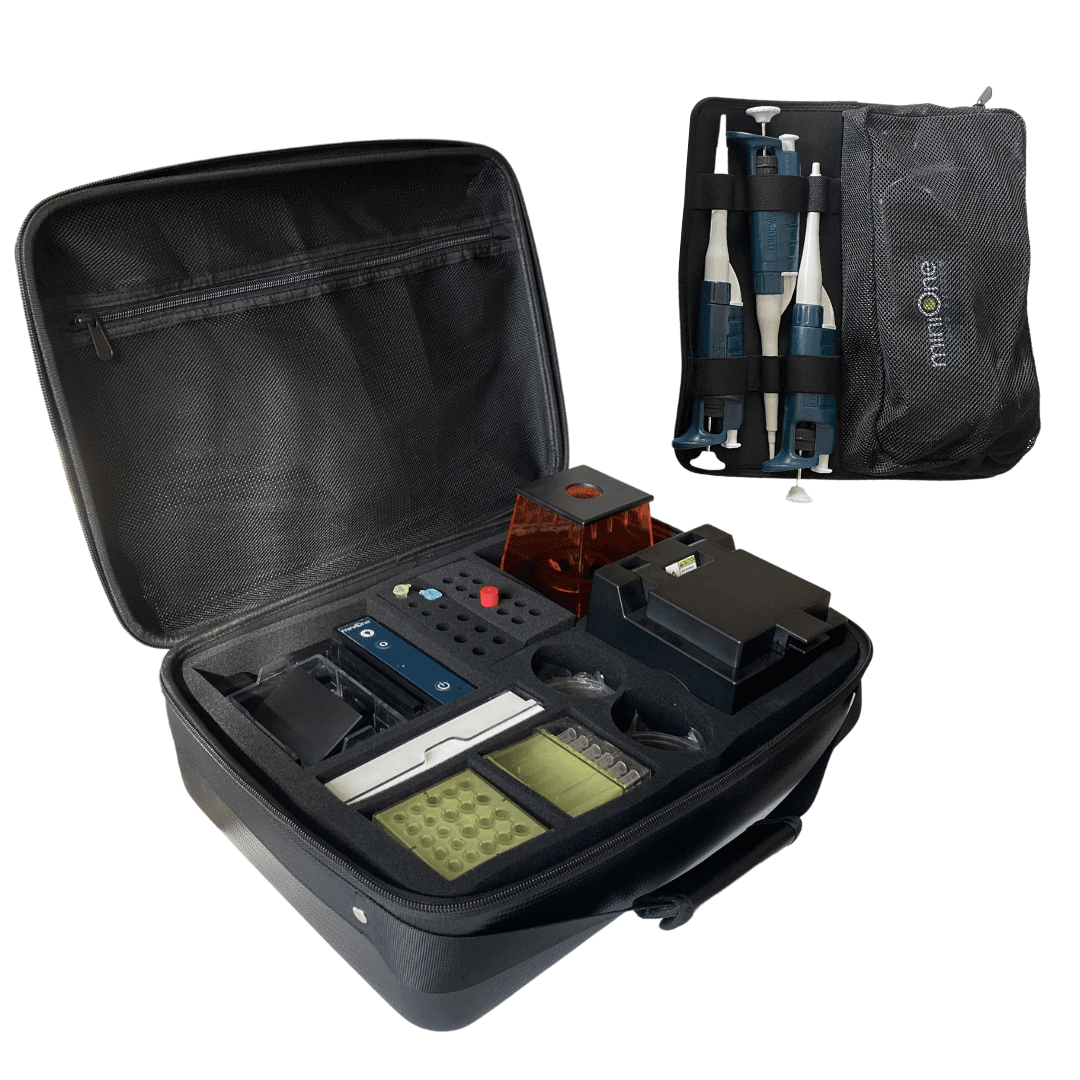
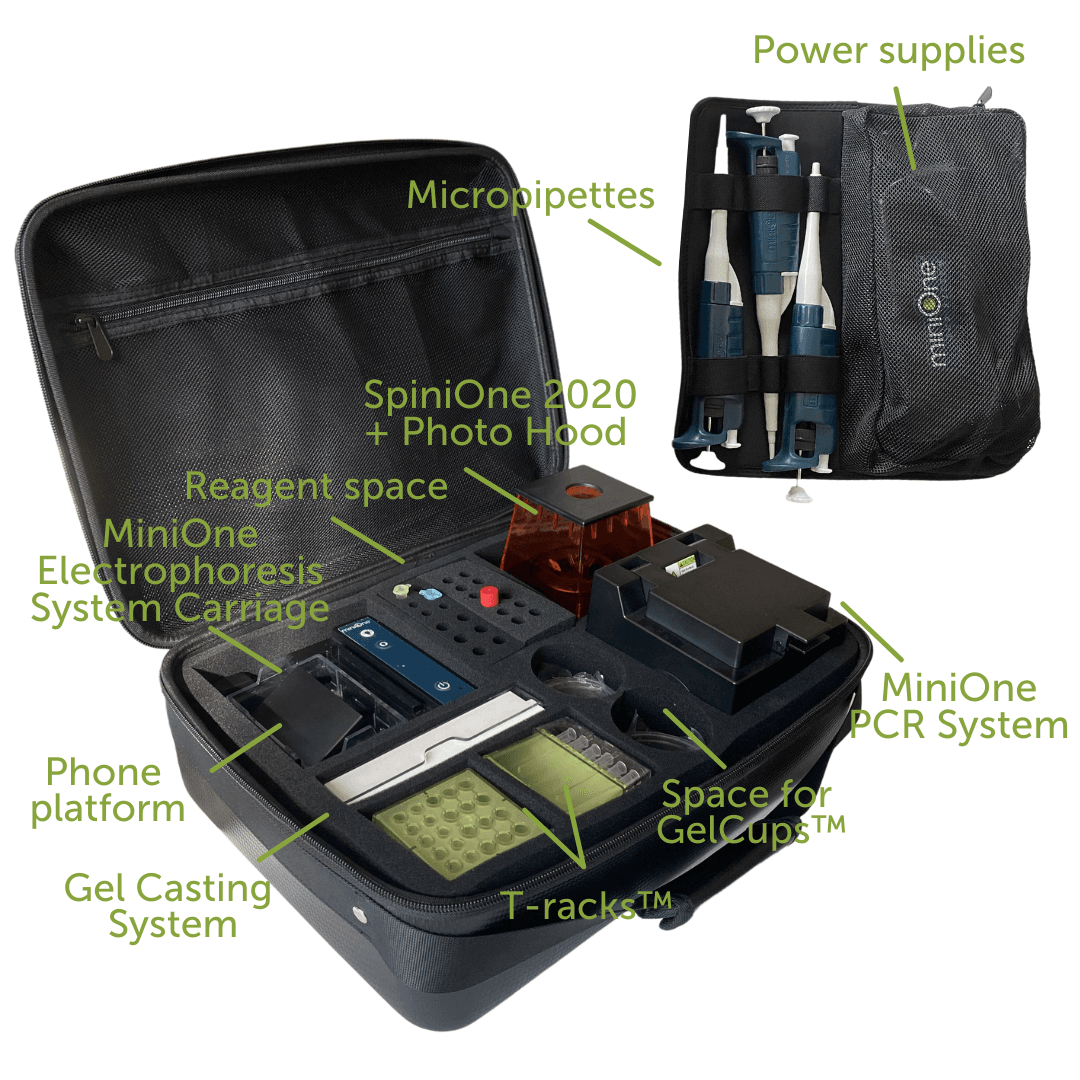
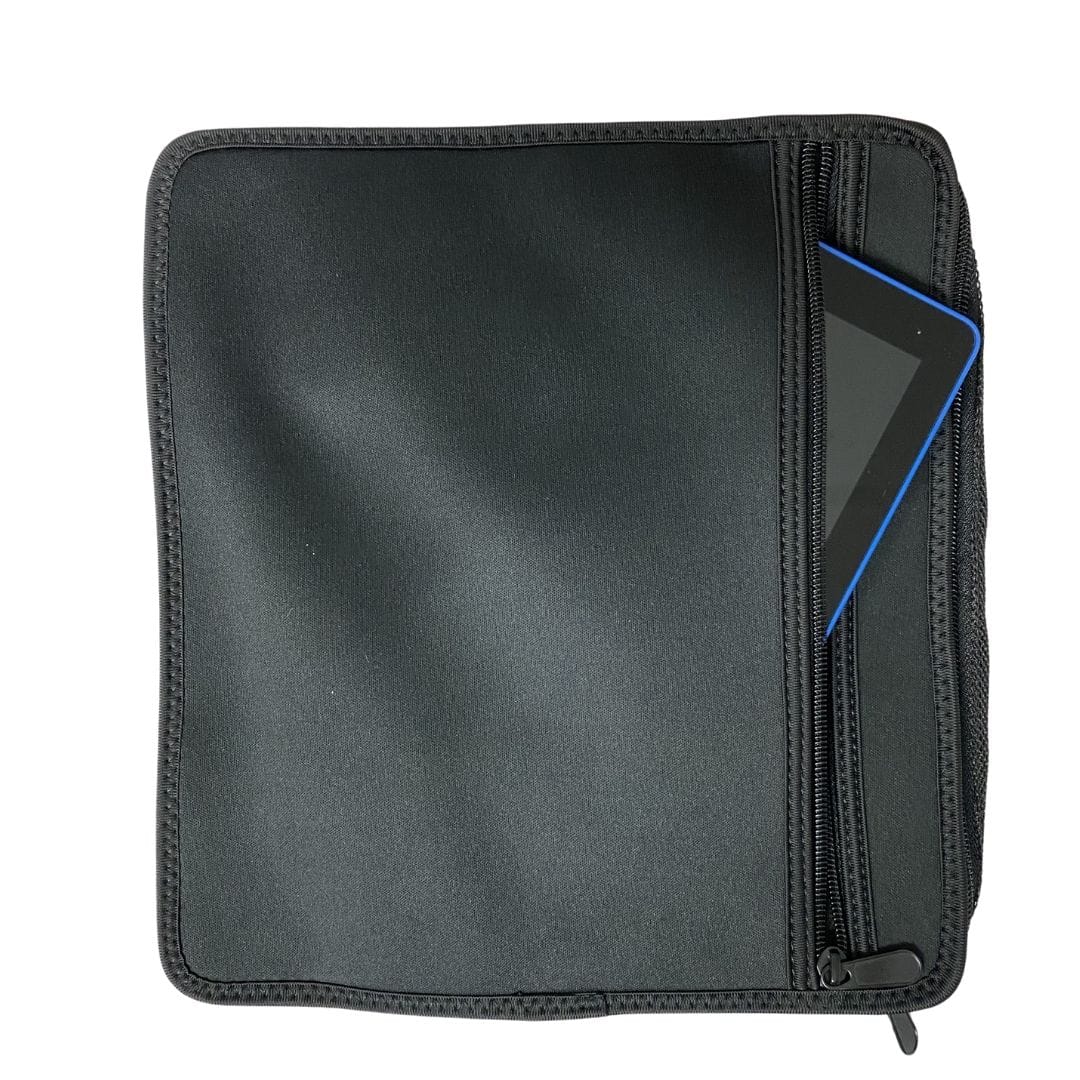
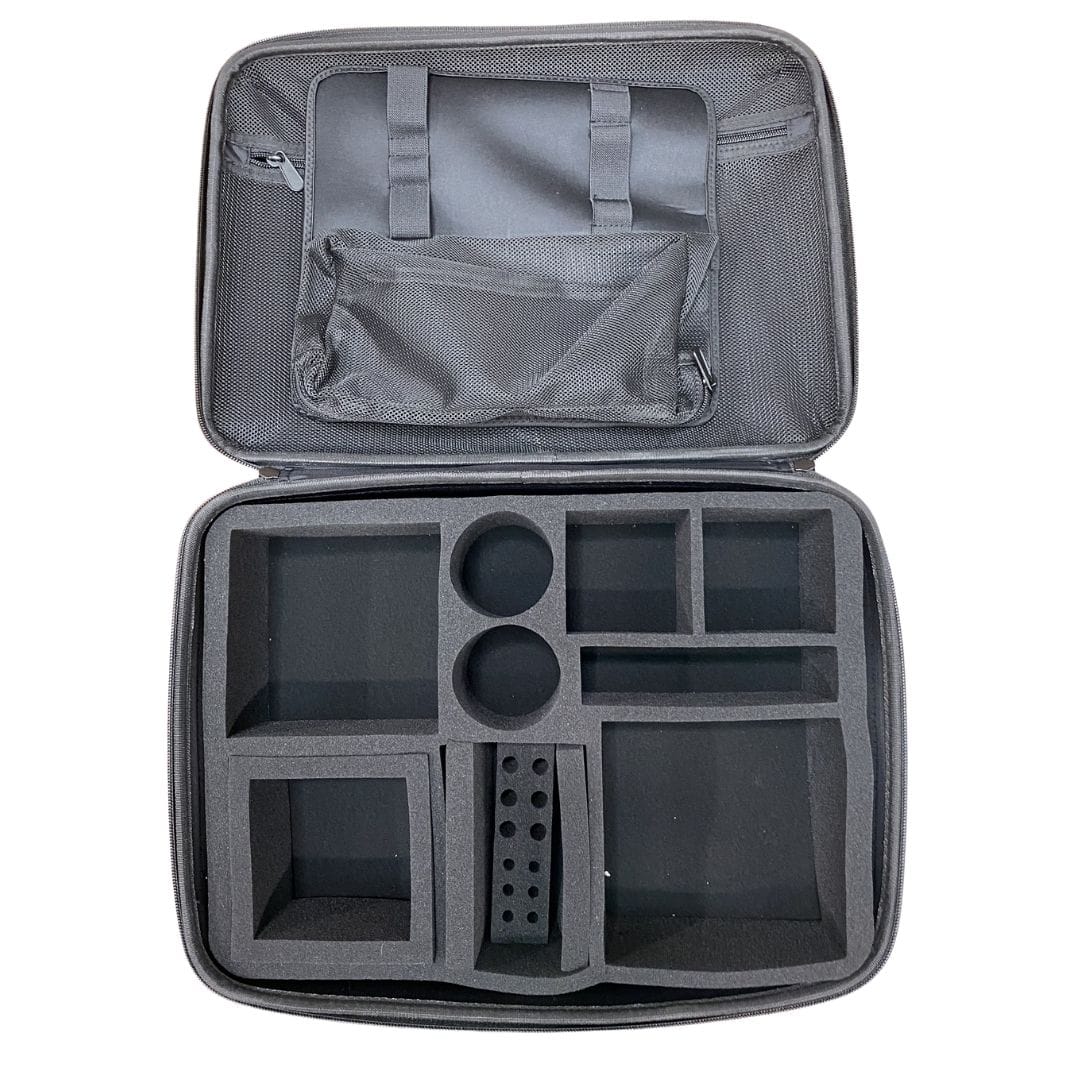
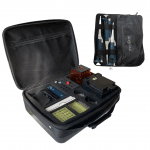
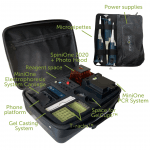
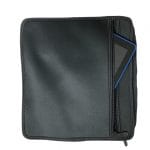
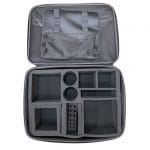
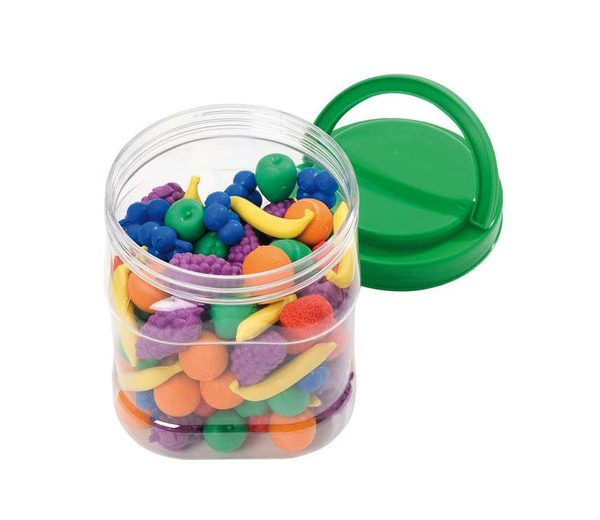
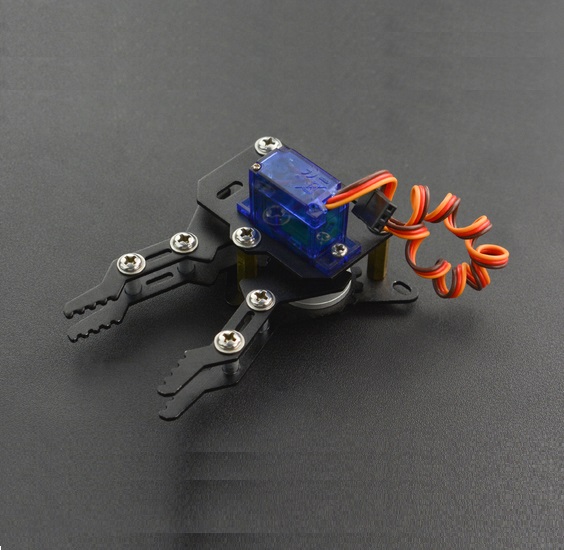
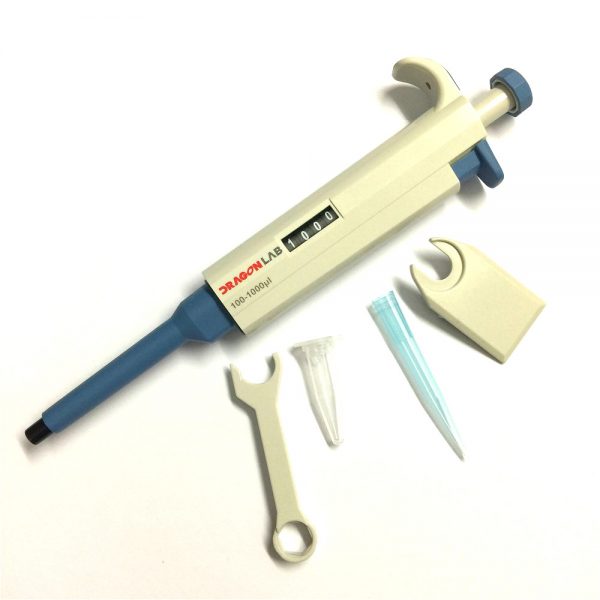
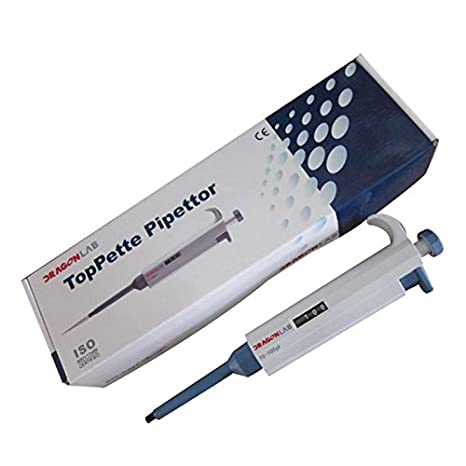
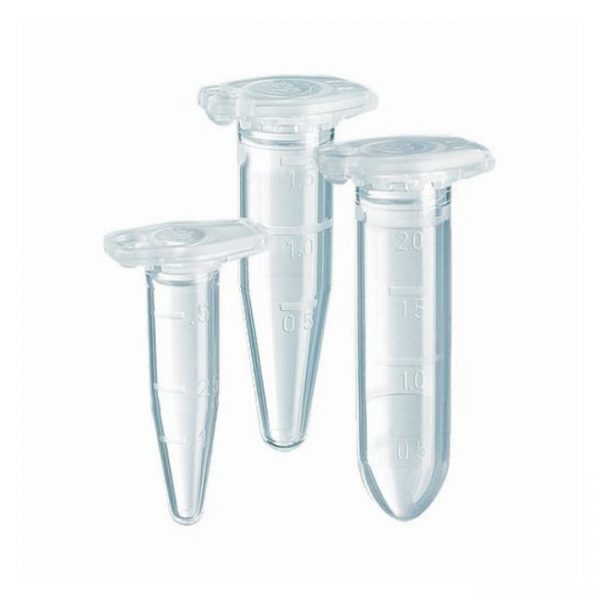

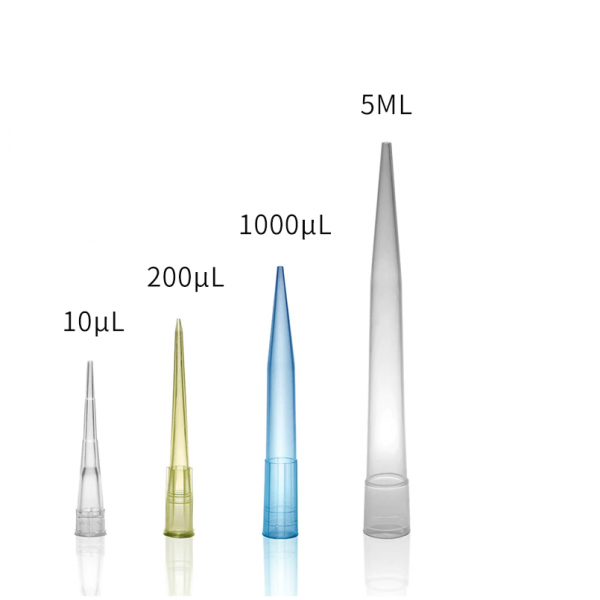
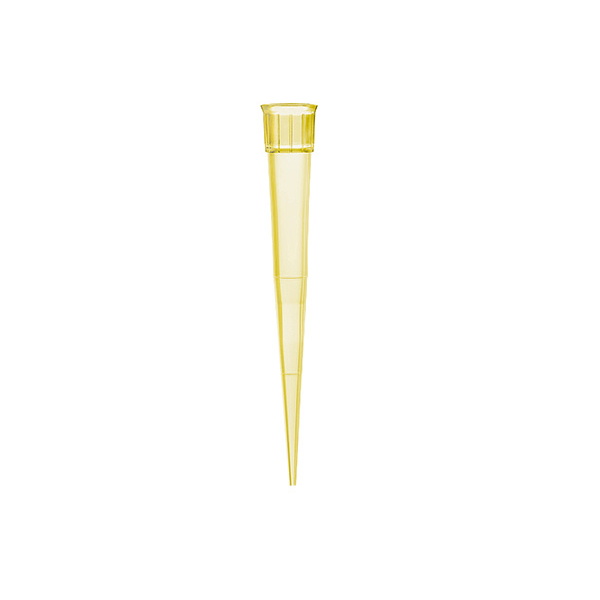
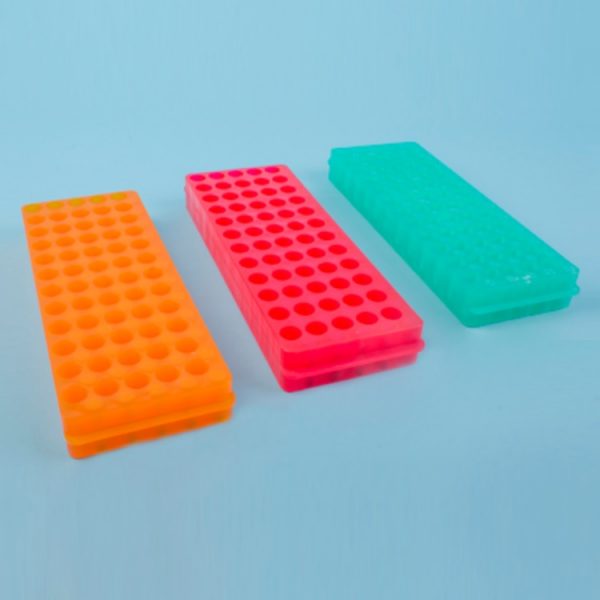
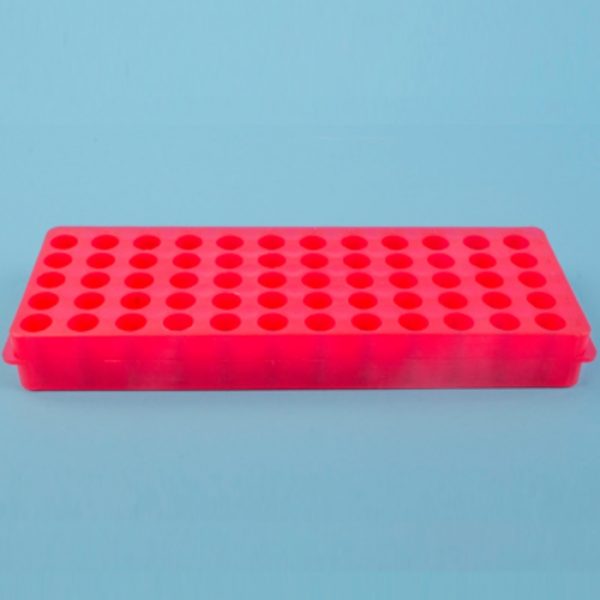
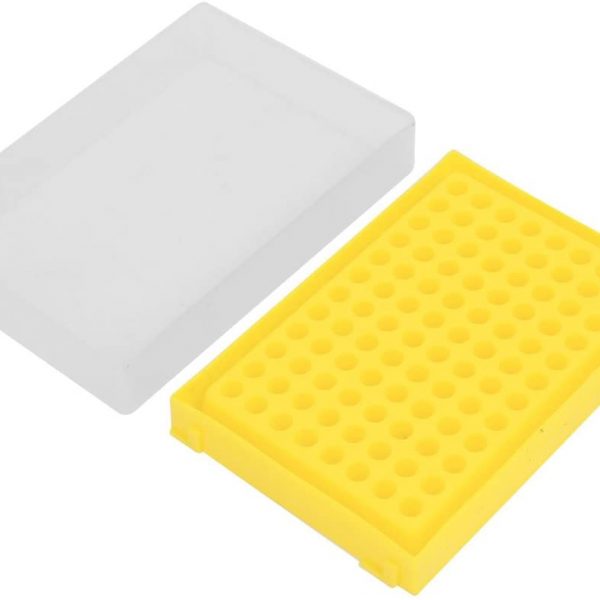

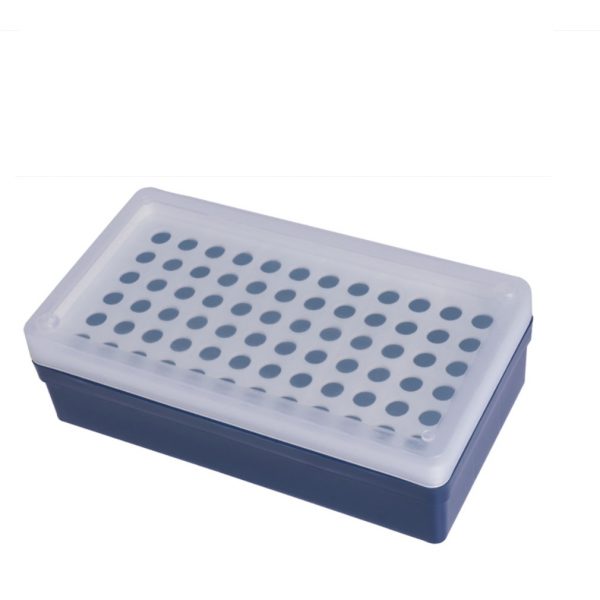
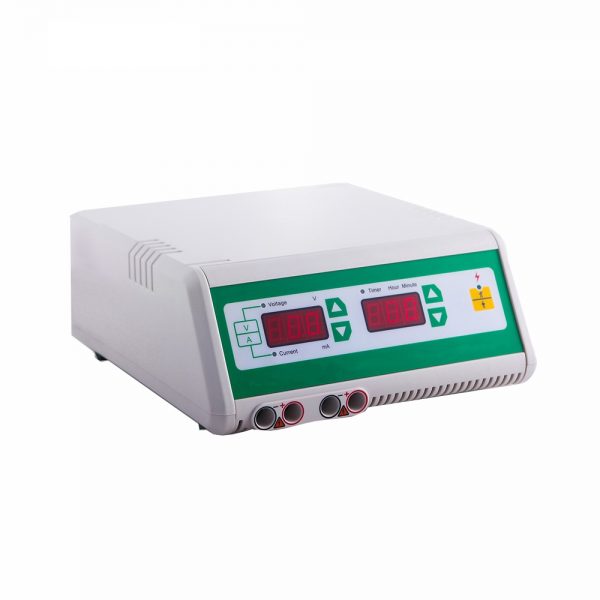
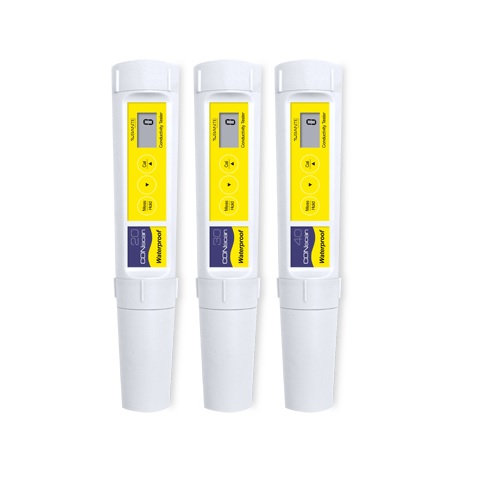
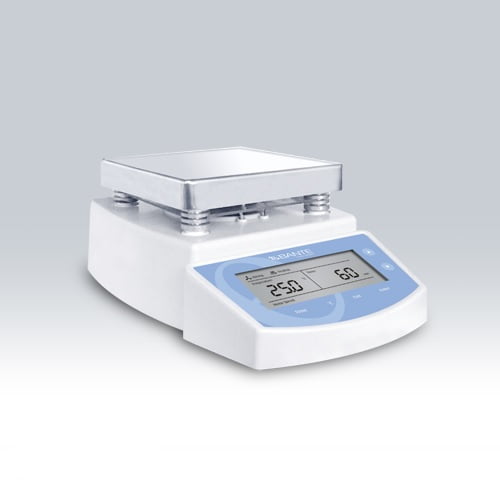
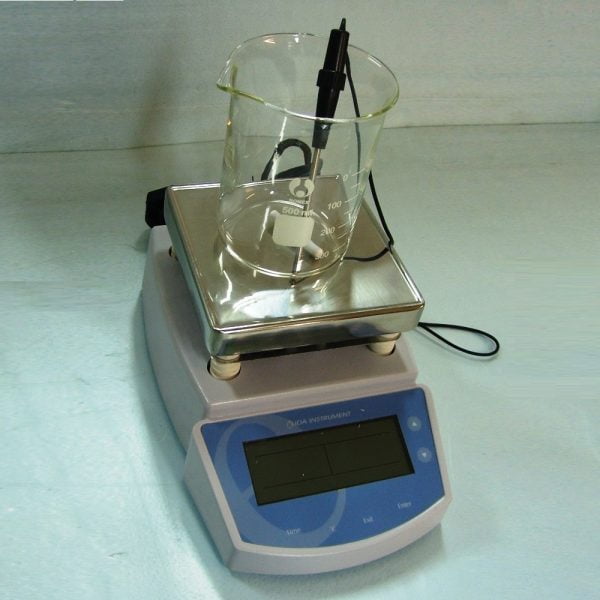

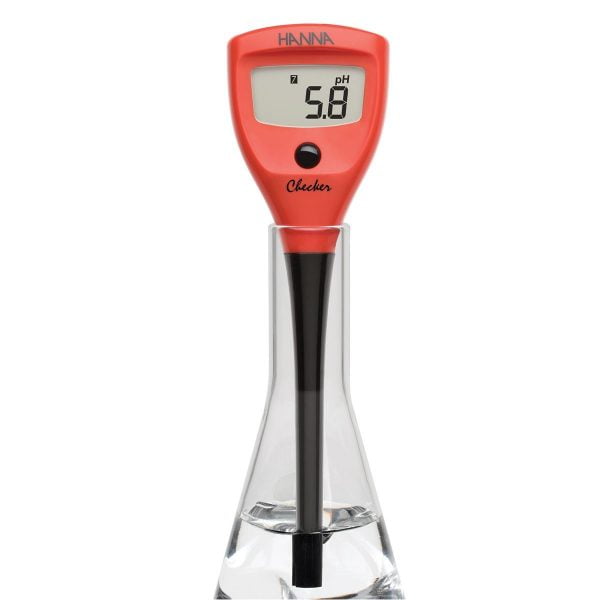
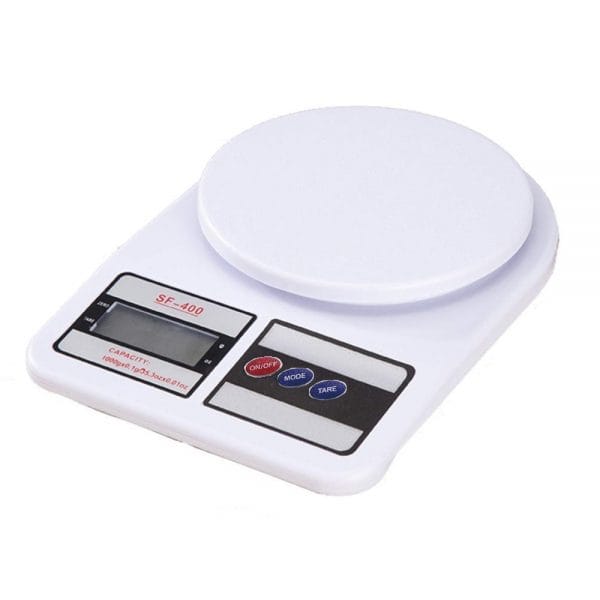

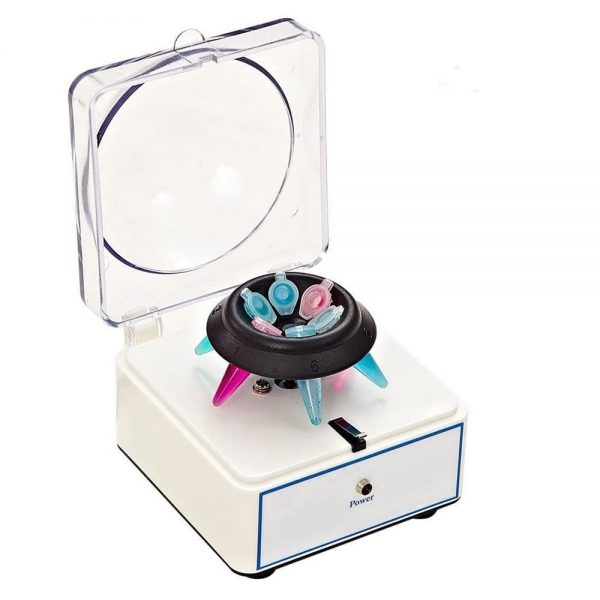

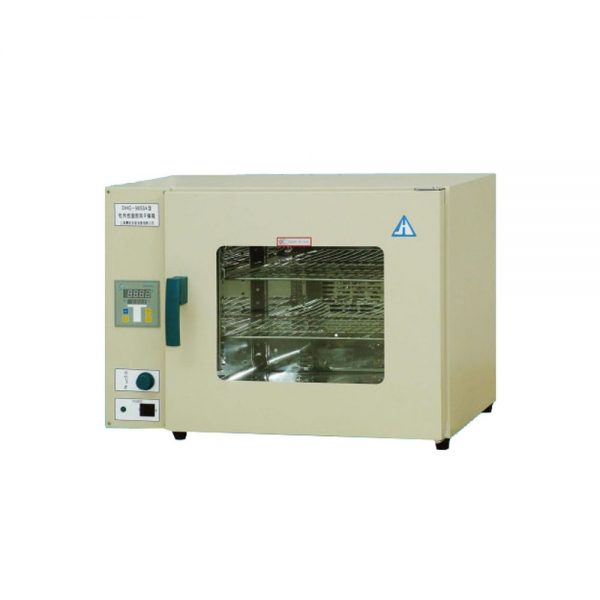
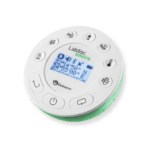 Labdisc
Labdisc Botzees
Botzees Edison
Edison Telepresence Robot
Telepresence Robot DOBOT
DOBOT Keyestudio
Keyestudio Fischertechnik
Fischertechnik